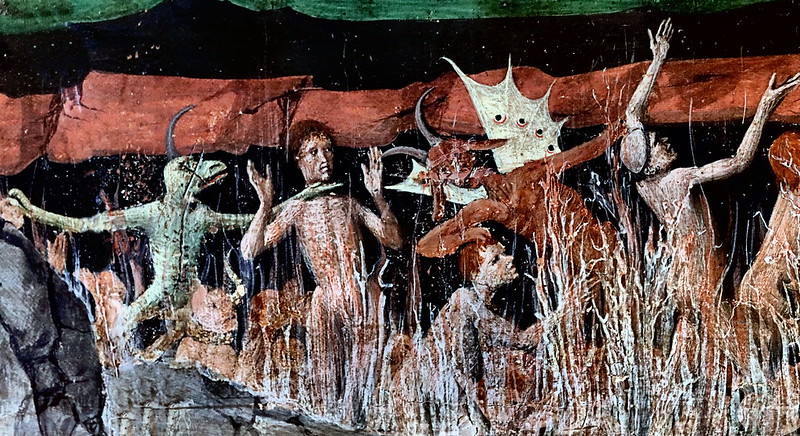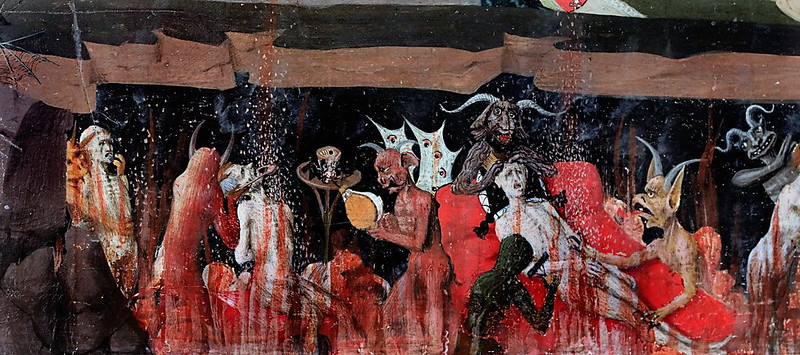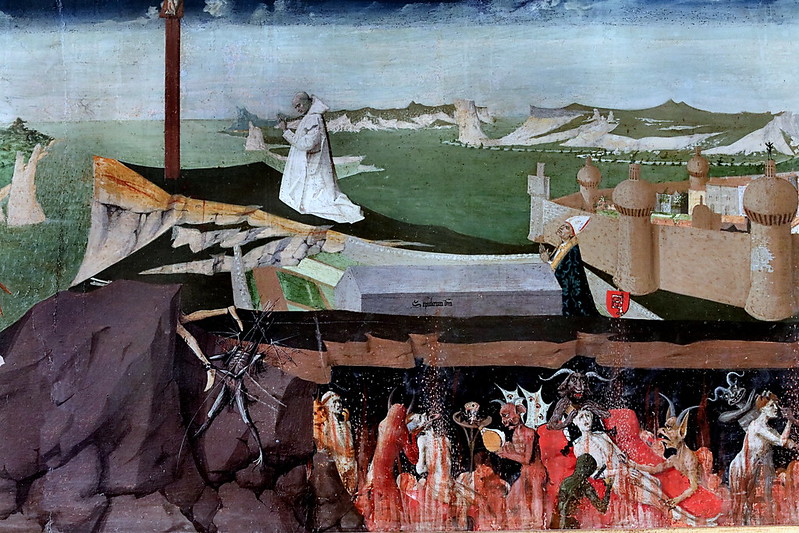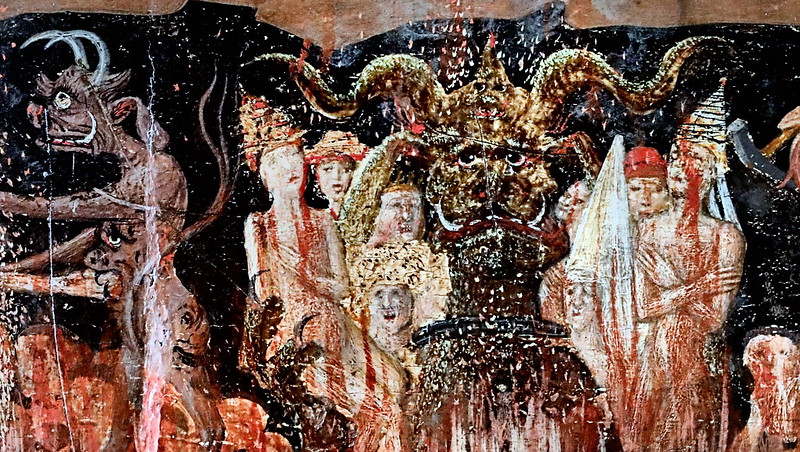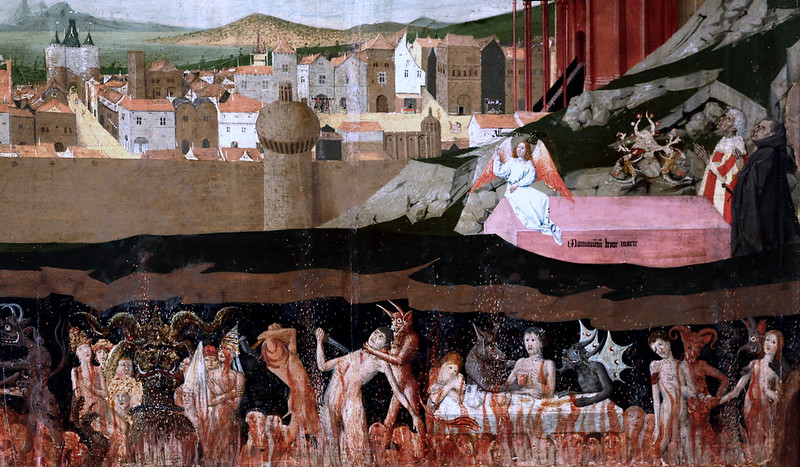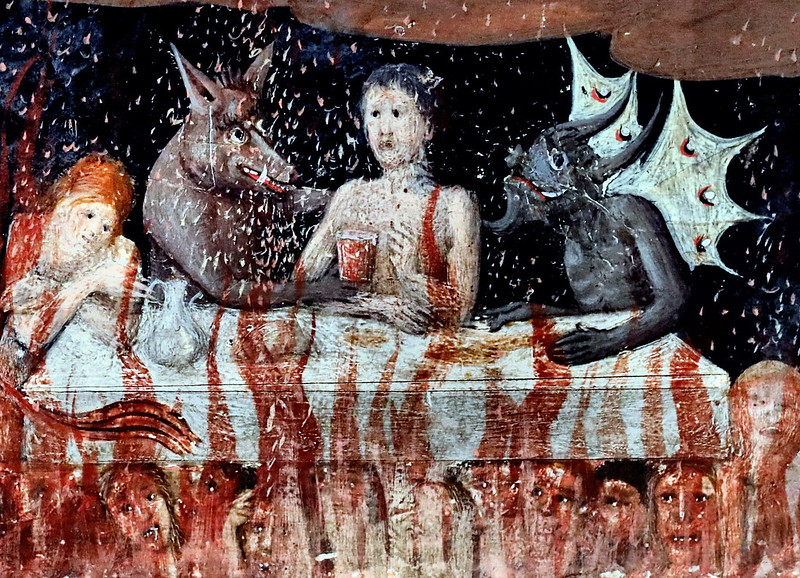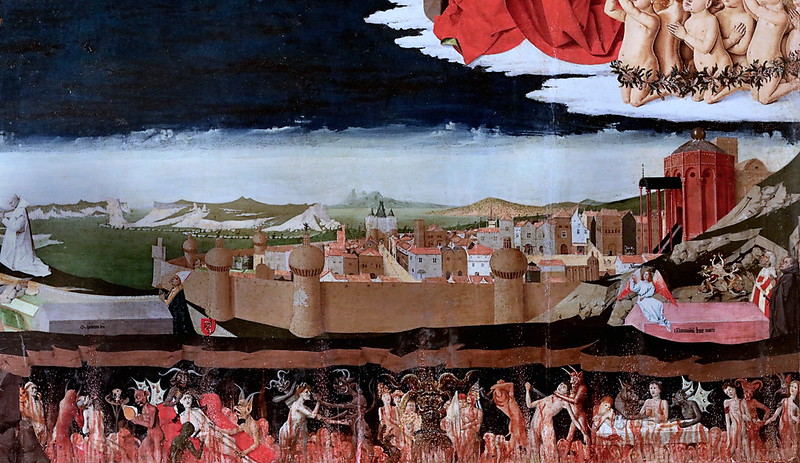NotTSR sues Wizards of the Coast
Kinda busy with work and other projects this week, so this will be a fast one.
File under, "Gods, Not these Idiots Again?"
So the New, New TSR, also 3SR, or TSR3, or NotTSR by me, have decided in their infinite wisdom to sue Wizards of the Coast.

Yup.
Wizards of the Coast/Hasbro (the makers of Magic: The Gathering and Dungeons & Dragons) is being sued by TSR (the makers of well...nothing actually).
You can read the filed suit here:
Now that is the text of the suit and details exactly what is being asked of the courts. This is a copyright and trademark dispute.
The copyright one is completely bogus as Wizards owns (and has all the receipts) of the copyright to all of TSR, Inc.'s former copyrights. This has been repeated multiple times by Ryan Dancey, the Wizards of the Coast employee charged with investigating and authorizing the purchase of TSR, Inc. (and the spearhead of the OGL), by Shannon Appelcline the RPG historian who has covered the history of D&D/TSR, and most recently by Benjamin Riggs who writing a book to cover the purchase of TSR, Inc. by Wizards of the Coast.
Reading through this document this is about NotTSR wanting to have free and clear use of the old logos that Wizards had owned but the trademark licenses elapsed. Currently, it looks like the use of the "Man in the Moon" logo has cancelation pending.
Given the language in the NotTSR's IndieGoGo's page (which I am not linking and will get to in a bit) makes the claim that Wizards of the Coast are "bullying" them to give up the logos and maybe even the name. This is what I thought they had done anyway back in July with the whole "WonderFilleD" name.
While the text of the actual suit says one thing, their IndieGoGo page says something else.
The crowdfunding effort on IndieGoGo makes it sound like they are taking on WotC to reclaim D&D and get them to remove the disclaimers on older products (including ones produced and published by WotC themselves).

There is a whole lot of nonsense here to unpack. Where to start?
TSR, Inc. is not New TSR.
There is a lot of conflating of the two (well there were three) TSRs. LaNasa here is trying to make a connection between the TSR that dissolved in the 1990s to the new "company" he created. That conflation is something he has been doing for the last few months. I am wondering if he is actually starting to believe this himself.
IndieGoGo and not GoFundMe
Then there is the issue of IndieGoGo vs. GoFundMe. GFM is the go-to platform for things like this. So why IGG? I think it is because there are few consumer protections against fraud that GFM was specifically designed for. IGG is great, but this is not what it was meant for.
The Suit vs. What the fundraiser page says
The suit covers a trademark dispute. The IGG pages leads you to believe that they are also going after Wizards to get the language on the DirveThruRPG/DMSGuild pages changed.

Keep in mind that NotTSR has no legal leg to stand on here. WotC owns those products lock, stock, and barrel. They can do whatever they want to their own products.
I said it 18 months ago, and I revisited it 6 months ago, but those disclaimers are not coming down. It doesn't matter what the older, tiny subset of fans, many who also claim never to buy the products, want. If anything it increased the sales. Do you honestly think Oriental Adventures was going to go to Mithril seller on its content alone?
NotTSR and LaNasa do not have that sort of power. Not even if their Fundraiser ran at its current levels for the next 10,000 years.
Libel and Slander?
Good thing that this wasn't in the actual suit. This is a perfect example of someone not knowing what the legal terms Libel and Slander actually mean. I would even argue that LaNasa has MADE money since those disclaimers went up. Also, WotC can also show that no harm has been caused to their own livelihood since they went up. This is the weakest of all his claims.
So what is the point of all of this?
Simple. I have talked to a lot of people that are part of the RPG industry and the overwhelming consensus is that is nothing more than a cheap cash grab. It is a grift to get money from the old-school gaming crowd.
LaNasa is promising the return of "old TSR" but not only is Old TSR gone, it is gone forever. The copyrights and IP are held by a multi Billion dollar company (Fortune 500 rank #494). The principles and the creatives are all for the most part dead. The ones that are still alive have nothing but contempt for this cash grab. Don't forget that "good old TSR" was not always so good. Gygax tried to screw Arneson of money he was owed (it was Wizards of the Coast that made Dave Arneson was paid finally, not TSR), it was TSR that fired Gygax from his own company, and it was TSR that threatened to sue anyone that so much as talked about D&D online back in the early 90s. The whole "Make TSR Great Again" is a smokescreen for a blatant cash grab and to hide the fact they still have no products out.

Edited to Add: Here is a brilliant takedown of the complaint by a lawyer who does this stuff all the time.
